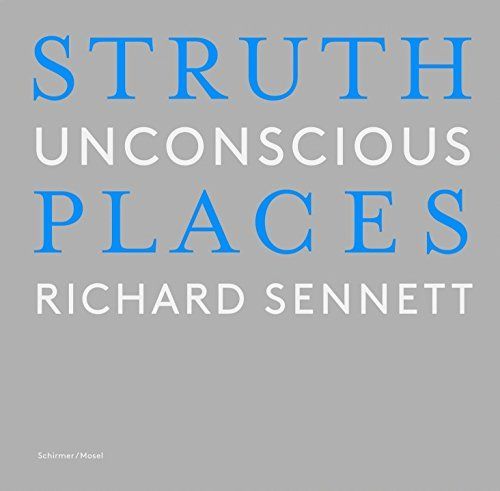
Thomas Struth Unconscious Places
Mundane buildings, nondescript streets, anonymous facades--these are the features that first strike in viewing Thomas Struth's pictures of streets--"unconscious places". Both in black-and-white and in color, Struth uses a frontal, eye-height view, with no optical distortion to disrupt the impression that what we see is a neutral, objective recording of reality. At the same time, Struth's urban landscapes are also a critical depiction of different human habitats. This volume presents a comprehensive survey of Struth's street views from the 1970s to 2010: narrow lanes in Edinburgh, Wuhan, Naples, and Erfurt; satellite towns in Paris, Leverkusen, Chicago, and Pyongyang; thoroughfares in Brussels, Lima, and Los Angeles; grand boulevards in St. Petersburg, New York City, and Beijing. Frequently there is an almost total absence of people in his cityscapes, which provides a feeling of desolation. In contrast, his famous Shibuya Crossing, Tokyo, is bustling with people and billboards.